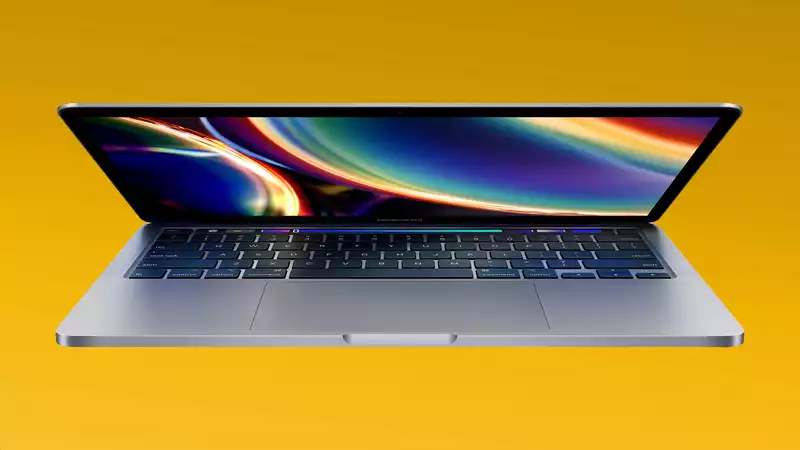Taken together, the rumors so far suggest that the MacBook Pro 2021 will feature a new design, a more powerful Apple M1 chip in the form of the M1X, more ports, and possibly the return of MagSafe charging. It is also said to feature a mini LED display.
And it is the last bit that excites me. But not because such a display could be a noticeable upgrade to the current MacBook's Retina display. Rather, I am more excited about how this move will impact the wider laptop world and may persuade Windows laptop makers to follow Apple's lead.
According to the latest research note from Apple analyst Ming-Chi Kuo, spotted by MacRumors, Apple's adoption of the mini LED display could have an impact on the production of display technology.
"We believe that MacBooks, not iPads, are primarily driving shipments of mini-LED panels; MacBook shipments have not grown much in the past few years. However, in 2021 and 2022, we expect MacBook shipments to grow significantly, by more than 20% YoY, thanks to the Mini LED panel, Apple silicon, and the new design."
This growth in Mini LED displays is promising news for the laptop world, as the small LEDs arrayed on the back panel provide better brightness, contrast, and color. Most laptops have LCD displays, which, while often very good, cannot deliver the brightness or deep contrast of OLED or mini-LED displays. Gaming laptop screens have high refresh rates, but new technologies are definitely needed to take the experience to the next level, and mini-LEDs may be the answer.
Both mini-LED and OLED screens are actually not particularly new technologies and have been used in TVs for some time. However, they are more expensive to manufacture than LCD displays, especially OLED displays used in devices larger than smartphones. That's probably why the best OLED TVs we have to choose from are not cheap and why there are very few laptops with OLED panels, with the exception of the Dell XPS 13 OLED and the Asus Zenbook 13 OLED.
OLEDs are also at risk of burn-in, and the organic nature of the pixels leaves a "ghost-like impression" of images previously displayed on the screen (such as taskbar icons) for some time.
Smartphones tend to be upgraded every couple of years and have many moving icons, so burn-in is less of a concern. However, laptops tend to have a longer lifespan and more static images, so OLEDs are definitely not the best panel option for their displays. Mini-LEDs, however, are the next logical upgrade for laptop screens because they do not have burn-in issues.
Apple may not be the innovator it once was, but its market influence is significant. Therefore, if Apple adopts mini-LED displays in its next-generation MacBook Pro, it could facilitate mini-LED production and make it more cost-effective for other laptop makers to replace their LCD screens with mini-LEDs.
However, TechRadar colleague Jess Weatherbed does not see this happening anytime soon. He says, "It's likely that the performance of LCD panels will improve before the market is flooded with mini-LED panels.
At the same time, however, we feel that Apple's ambitions for mini-LEDs could be the first gust of change for laptop screens, especially for devices for professional photo and video editors, so-called creators, and high-end laptop gamers. Such devices may be a luxury, but I am all for them, as I have often been disappointed by powerful laptops with displays that are worse than smartphones.
If nothing else, I'd like to see companies like Dell adopt mini LED displays over OLED panels. And by 2024, LCD displays in laptops may fade away, opening the way for better technology.










Comments